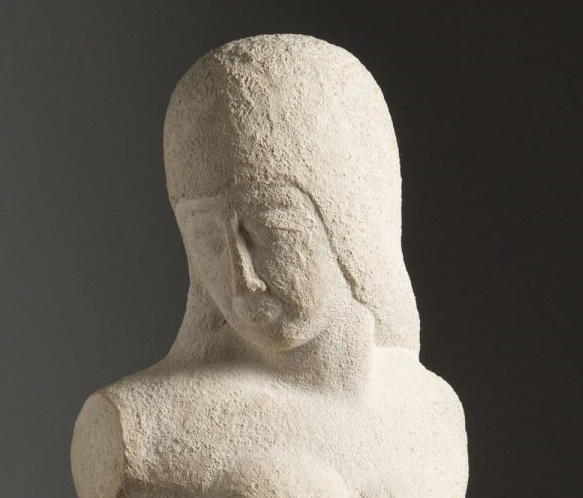This major exhibition at Two Temple Place examines why radical artists and writers were drawn to the rolling hills, seaside resorts, and quaint villages of Sussex in the first half of the 20th century and how, in the communities they created, artistic innovation ran hand in-hand with political, sexual and domestic experimentation. Through over 120 works, the exhibition discovers intriguing connections between these enclaves of artists and the modernisms they represented.
The art and craft of Eric Gill and David Jones in the Catholic community in Ditchling is compared with the paintings and interiors of Vanessa Bell and Duncan Grant at Charleston and the surrealist collaborations of Edward James and Salvador Dalí. The unexpected network of Serge Chermayeff, Eric Ravilious, László Moholy-Nagy, Henry Moore and John Piper is revealed; despite sharing socialist ideas, they produced very different artistic output from striking architecture and sculpture to innovative photography and film. Also included are the haunted watercolours of Edward Burra in Rye and the surrealist photos by Eileen Agar, Paul Nash and Lee Miller demonstrate the often tense relationship between artists and their environment. Sussex provided the inspiration but all these artists and writers were outsiders in their new surroundings. Never settling, some brought unconventional ideas, others found nightmares in the most picturesque of scenes, but ultimately they challenged the idea of Sussex as an idyllic escape.
Sussex Modernism: Retreat and Rebellion is created by the Bulldog Trust in partnership with 9 Sussex museums and galleries. The exhibition draws on the richness of collections in the region as well as featuring major loans from across the country.
The Ingram Collection is delighted to be loaning Eric Gill’s Torso – Woman, 1913, and Edward Burra’s Ropes and Lorries, 1942-3.
28th January – 23rd April 2017
Two Temple Place, London WC2R 3BD
www.twotempleplace.org

